Cisco CEO Chuck Robbins’ 10 Boldest Statements From Best Of Breed 2021
‘Software … allows us to move faster, innovate more quickly and allows the customer to actually get to the outcome faster. And if we get it right, it’s better for both our business models because [it provides] more predictability. But we have to get it right because it’s complicated to figure all that out,’ Cisco CEO Chuck Robbins tells an audience of solution providers.
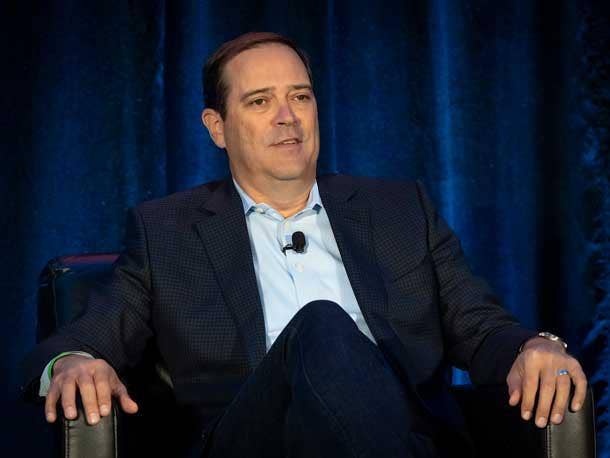
Cisco Systems CEO Chuck Robbins has a lot on his mind. His company is going through what he calls the most significant business model transition in its history as it becomes a software powerhouse, leading with subscriptions and flexible IT financing models.
To that end, Cisco is in the process of revamping its own financial models to sell more solutions as a service. It’s also reworking its enterprise licenses, according to Robbins. It’s a complicated process, but the shift will help set up Cisco partners for the hybrid work trend, which isn’t going anywhere as some employees return to the office and others stay at home. Companies are at the starting line of a “massive” digital investment cycle that will include edge solutions and meeting solutions that go beyond simple videoconferencing. And that means that opportunities abound for channel partners. But at the same time, supply chain issues continue to challenge the biggest tech firms and their partners.
At the 2021 Best of Breed (BoB) Conference in Atlanta, hosted by CRN parent The Channel Company, Robbins talked about Cisco’s software evolution and the trend toward consumption-based IT, hybrid work, supply chain issues and the social responsibilities of tech leaders today.
Here’s what Robbins had to say to an audience of solution providers.
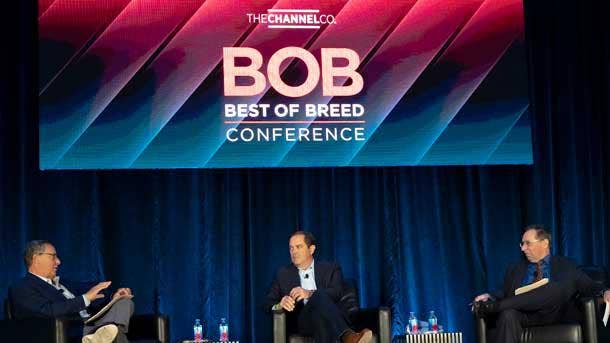
On Cisco’s Software Transition
The software transition--and I have to be careful because we still have great people building really good hardware--what we want to do is just bring more software to the portfolio and solve problems together with partners. Software … allows us to move faster, innovate more quickly [and] allows the customer to actually get to the outcome faster. And if we get it right, it’s better for both our business models because [it provides] more predictability. But we have to get it right because it’s complicated to figure all that out.
We just exited our last fiscal year--we rationalized a $16 billion run rate in software--we did $4 billion last quarter. And 80-plus percent of that is coming from subscriptions. So, it’s been a pretty good journey. We have more software from a balance sheet, which makes the quarterly rhythm a little less hectic than it was when I took over. But then the issue is, internally, we had a whole lot of things we have to do right to get the systems and everything [in place]. And one of the things I probably underestimated or didn’t understand because I’ve never done it before was the need to have the operational capabilities moving at a pace that the offerings were moving. We actually moved building offers faster and we made a few mistakes. We didn’t drive enough consistency in our licensing structures up front. And then we had to figure out the program because it’s super complicated to actually figure out how we can build programs that have profitability lined up with your cash flow needs, relative to when the customers are paying for these kinds of things, and that was more complicated as well. One thing I’ve told the team all along is, I don’t know what the solution is but the answer is we have to do it with our partner community, and that’s just the way it is.
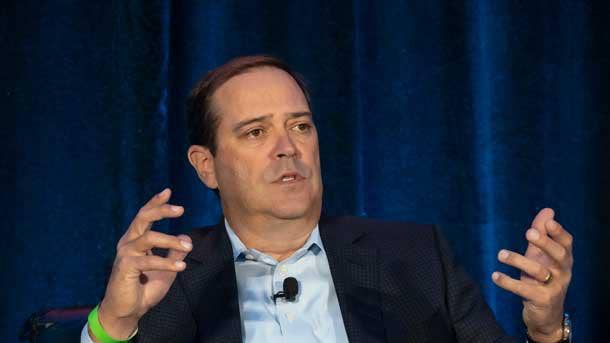
On Customer Demand For Consumption-Based IT
We really shifted hard to it at the beginning of the pandemic based on a set of assumptions that I had [and] I think a lot of people had about what was going to happen economically during the pandemic, which didn’t happen economically during the pandemic. We were all sort of taken aback by what really happened and so I think we’ll have to see, but I think there’s going to be demand for it. Some customers just want to buy that way, particularly in the compute space, and then we’ll see if we can financially make it attractive enough on the Ethernet switching sides and router sides. We’re really looking at campus infrastructure data center hardware, everything else has already kind of transitioned--[like] the collaboration portfolio where we’ve had hardware as a service that we will continue to move forward as well.
I think the number I’ve been told is that there are over 2,000 managed services that are being delivered by our partners with our technology already. So, the partner guys have been doing this all along; we’re just going to try to make it easier. The big thing we want to do is give our customers flexibility [and] embrace some of these options available.
Some customers don’t want to move to an as-a-service model, so we have to maintain both. Some want Capex models and others want to move completely to [as a service]. And then there’s more coming out. You talked about complications, like how do you sell a campus Ethernet switch? How do you financially price it? So, there’s a lot of work going on there.
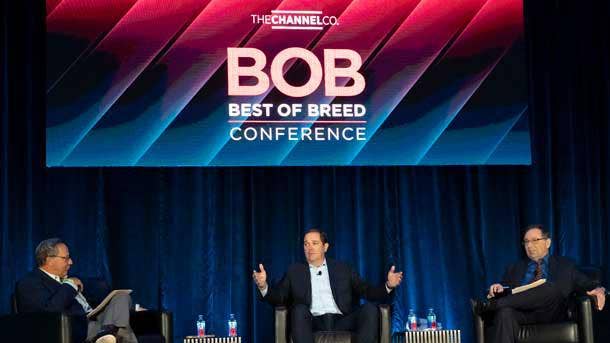
On Cisco’s Plan To Revamp Enterprise Licenses
I think one of the big things you’re going to hear [at Cisco Partner Summit in November]--let’s say the anchor thing--is this adaptation of our project structure will bring more flexibility and consistency to the licensing agreements. It’s a lot of work, a massive amount of work. It was a whole lot easier when you just sold the product, sent an invoice, and got paid and sent a thank- you note.
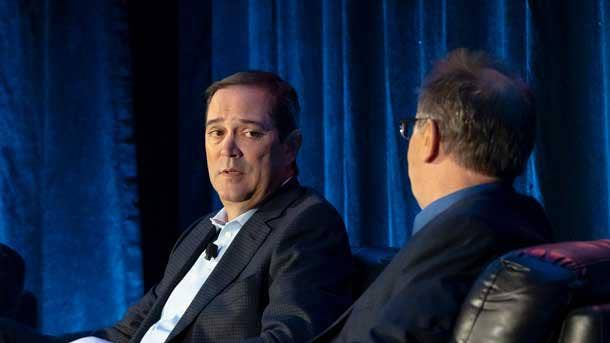
On Changes In Rules Of Engagement With The Channel
I keep telling our teams: ‘I know it’s complicated. I know it’s changing.’ Because we used to go through these transitions--like when we went into Voice over IP, we all thought the thing to do was go sign all the Avaya partners. And we quickly realized it wasn’t the right partner. So, we went through a lot of technology transitions and now we’re going through the most significant business model transition with our partners that we’ve ever had. I’m sorry, guys. I know it’s complicated to figure it out. Because it’s a massive competitive advantage for us, every other company on the planet is envious of the relationship we have [with partners] and I tell my team to make sure it stays exactly that way.
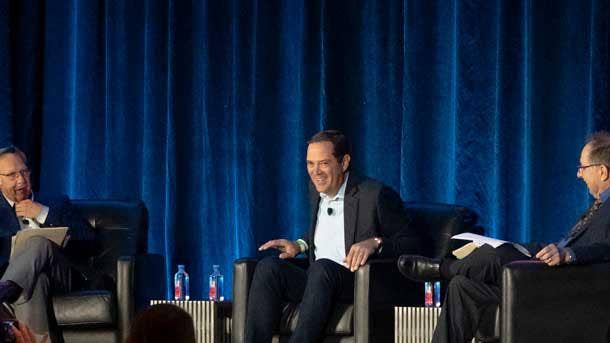
On The High Cost Of Public Cloud And Appreciation For The On-Premises Network
I think we’re on the front end of just a massive digital investment cycle. If you look at what happened during the pandemic, I think every C-suite executive, first of all, came to realize the power of technology and driving productivity we saw during the pandemic. The other thing is every government leader and every CEO around the world experienced the technology up close and personal because they communicated over it. The thought of doing a videoconference with certain CEOs or heads of state just wouldn’t happen. Now they understand it. So, when their teams are saying, ‘Look, we can build out this capability to communicate with our customers more effectively’, or we were going to have a combination of cloud-based and private data center-based solutions, we just see a massive investment cycle across every aspect of the business around the world. And so, in the last quarter, our sales to the cloud infrastructure players was up like 160 percent year over year. At the same time, our Nexus data center portfolio that is sold to enterprises was up 50 [percent to] 70 percent, something like that.
What we’re going to live in now is a world where everything’s distributed--employees and applications. When you build these micro services, you have the sub elements of applications being distributed, data is distributed, the home office, the mobile office, [etc.] And so, the whole infrastructure that our customers built over the last 20 years was built under a very basic assumption that [apps] originate at the edge and terminate in the private data center. And now they can originate anywhere. And the applications are going to be anywhere in the U.S. or [the world], so the network has to be super adaptable and modern.
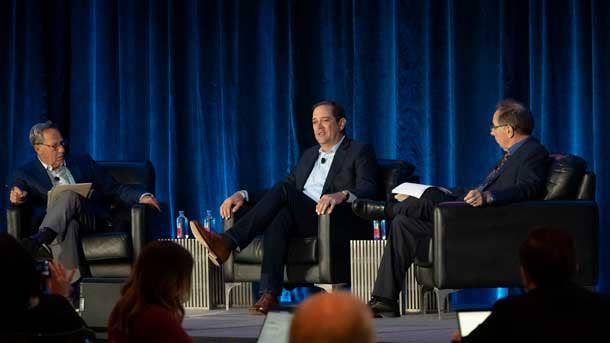
On Whether The Wired Network Will Die
It’s funny because I joked about this. When Wi-Fi first came out 20 years ago, it really began with the same message that switching was dead--we don’t need switching anymore. Last quarter was a record quarter for us for switching, so I don’t know if it’s dead yet. Our wireless [people] say behind every great wireless network is a great wired network. ... Our campus switching orders in the last couple quarters have been smoking at the same time as wireless. I think this is going to stay. I think it’s going to require much more complicated but flexible, adaptable architectures for our customers, which is a great opportunity for all of us.
The home is going to feel like a micro branch. We have customers now asking us for capabilities in the home that they would deliver into a branch. Whether it’s observability or an enhanced portfolio of home-based collaboration devices, security, all those kinds of things.
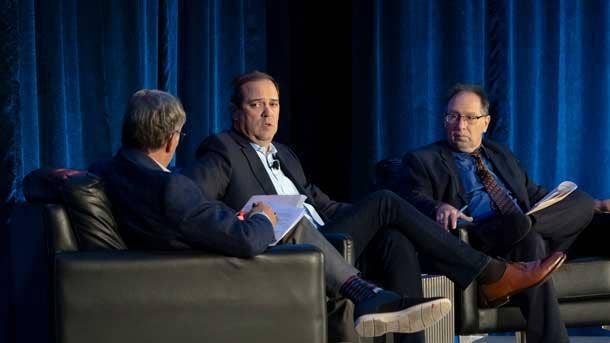
On Supply Chain Issues
We have the highest demand in over a decade and we can’t ship anything. It’s frustrating. My mom in the South would say if it ain’t the ants, it’s the roaches. No one’s ever seen anything like it. I think it was a combination of a couple things. When the pandemic began, I think most business leaders felt like we’re going to go into a recession and demand was going to fall off. So, everybody sends signals into their supply chain to slow down, and instead, demand actually ramped. And the fact that semiconductors are in everything, refrigerators, cars, it’s an issue.
But it’s not one thing. If it was just semiconductors, that’s easy to sort of say it looks like there’s going to be more capacity on this date, but it’s substrates, it’s power supplies, semiconductors, port capacity, it’s labor, truck drivers--it’s everything. Our current thinking is that we’ll start to see some improvement probably second half of next year, but 2023 is probably when you’re going to see supply and demand balance again, based on what we know today. What we have done is we went out and we put $10 billion into commitments in order to secure supply for us. But I get many escalations a day right now with people who are companies that are in dire straits. We’re trying to prioritize first responders, Department of Defense and regulatory issues. It’s so complicated to try to navigate this right now. We’re doing everything we can.
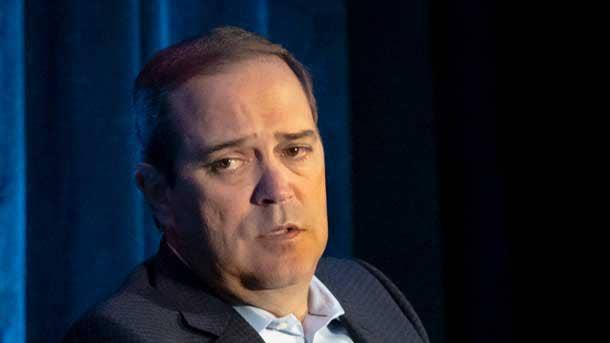
On Webex
It’s funny, a few years ago, people would ask: ‘Why are you in that business?” People don’t ask anymore.
We’re trying to do a couple things. The whole notion of hybrid work is different than meetings. The team has driven innovation and the platform that we put out last year; I think we have the best [platform], period. If you understand all the features that the team has put in--the work they’re doing with the inclusive [features], the real-time translation, gestures, background noise suppression--all those kinds of things are fantastic. But if you saw what Zoom was trying to do with Five9, that tells you what they think needs to happen, and we’re already there. Our teams are leading with cloud calling and cloud contact center. If it was just meetings, then I think customers would say, ‘Whatever.’ But I think it’s important enough to how companies are going to work that a lot of them are now stepping back and saying, ‘OK, we got through the pandemic with whatever we had’ but now a lot of customers are trying to think strategically about what is the platform that is going to support hybrid work going forward most effectively.
Of the 61 million meetings that we do every month, the data would suggest that just under half of the participants in those meetings actually say something. Think about that. Fifty-two percent of people attending meetings aren’t contributing. So, creating features that pull people into meetings--we all know the old meetings where you are the one person on a remote audio bridge and everybody else is in a conference room. You are not in that meeting. It just doesn’t work. Using some of this intelligence to give the host of the meeting a little tickle that says, ‘Hey, maybe you should ask Susan what she thinks about this topic. She hasn’t said anything the whole time.’ One of the funny things is in the old world of meetings, the remote person would be sort of left out. Now in the new world, if you have 10 people at home and four people in a conference room, the four people in the conference room take up the same size little square that each of the 10 individual people get, so it’s actually a worse experience for them. So, [our team] is putting in facial recognition technology that zeroes in on each of the individual people. It sounds like simple things, but when you think about how this needs to work to be effective and keep people feeling part of the discussion, those kinds of technologies are going to be important.
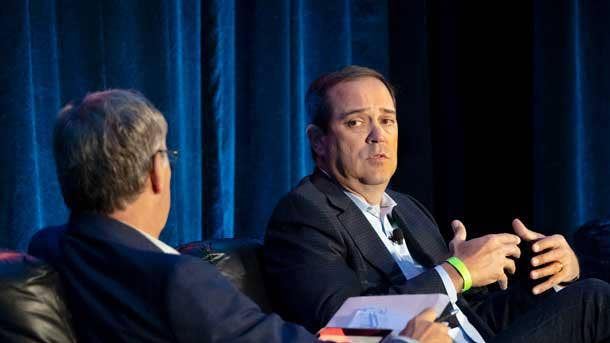
On Corporate Social Responsibility
I would take it above tech. We have constituents--and all of you do too--and there’s different expectations of us, even from the day I took this job. Maybe it’s our employees. They expect companies that have souls and companies that have purpose. And it matters, it really matters to them now. We’ve been fortunate two years in a row, we were the No. 1 global workplace based on feedback from our employees. And I think a lot of it’s anchored around us being very clear about our purpose. Our customers care. It’s being required of us in general. And the other thing I’ll say is with the vacuum we’ve had in Washington, the business community has been asked to stand up, and unfortunately, in some cases, provide moral leadership because it’s just so absent. It’s been truly been a sad several years with the inability to get things done. You would have thought, if any crisis was going to bring us together as a country, the global pandemic would do that. I don’t know what it’s going to take now.
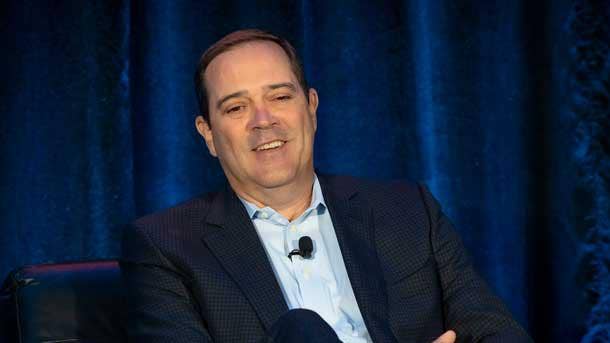
On Hybrid Work
We just launched last week our hybrid work index and what we found is almost two-thirds of the employees that were interviewed said that the company’s posture on how they work will impact whether they stay or not. About half of them don’t believe the company’s going to have the posture that they want to give them the flexibility that they would like. We don’t have a return to office. We’re going to open our offices, but we’re going to let our team leaders make decisions around when they want to be in the office and when they need to be in the office.
The opportunity is what we’ve been talking about--modernizing the infrastructure. I think in September alone, there were 100 million inbound cyberattacks via email in one month. In a six-month period, for our customers who have cloud tethered Wi-Fi, we saw a 61 percent increase in traffic, so people are getting back in the office.